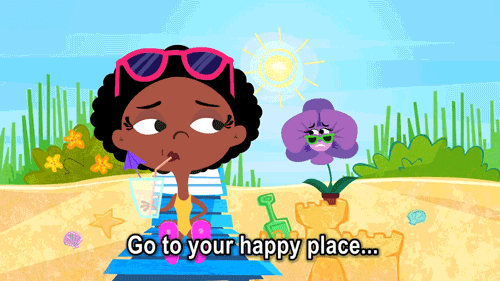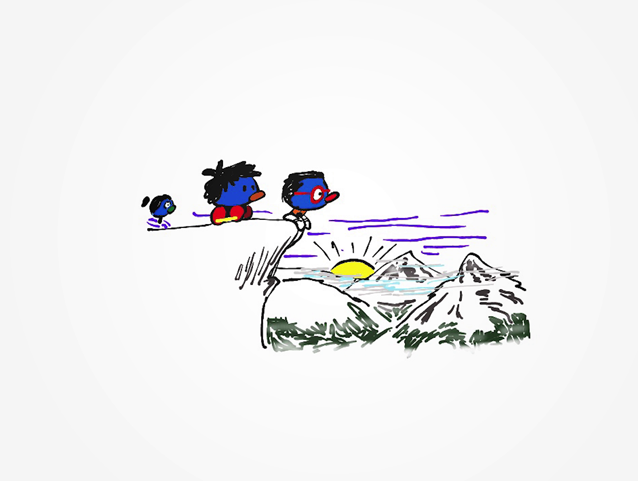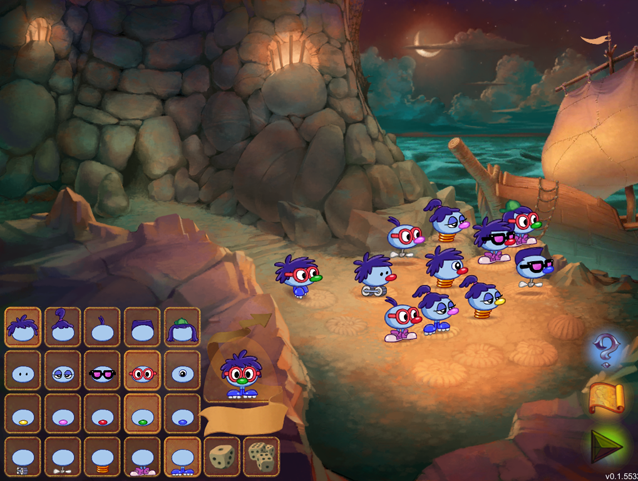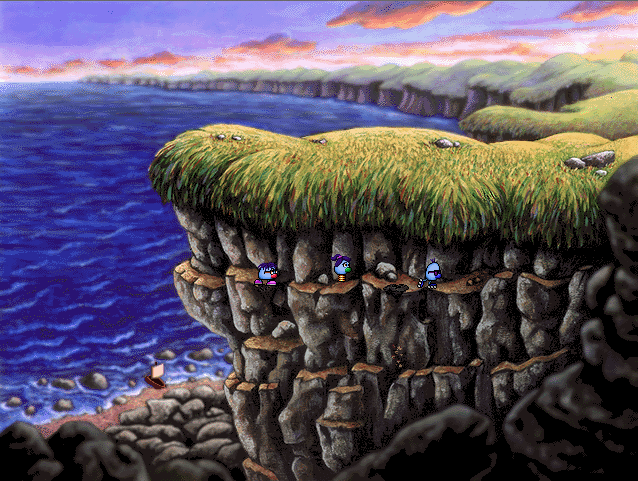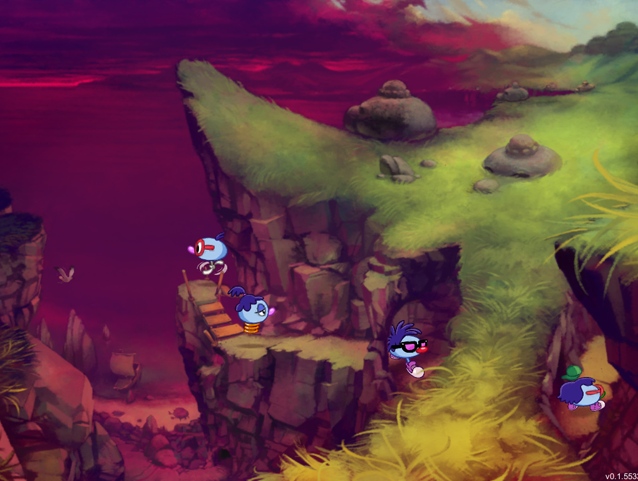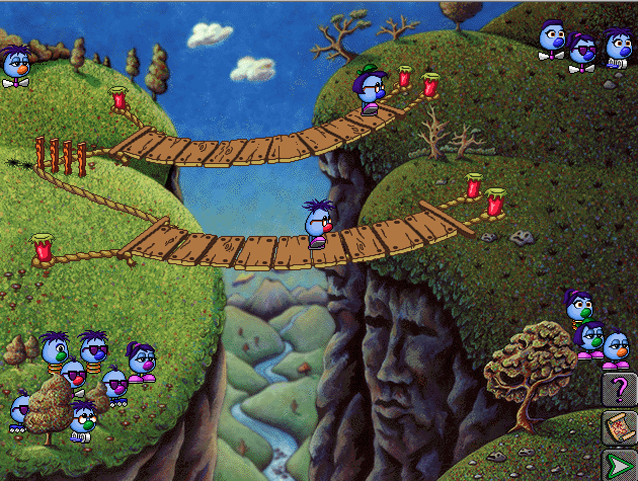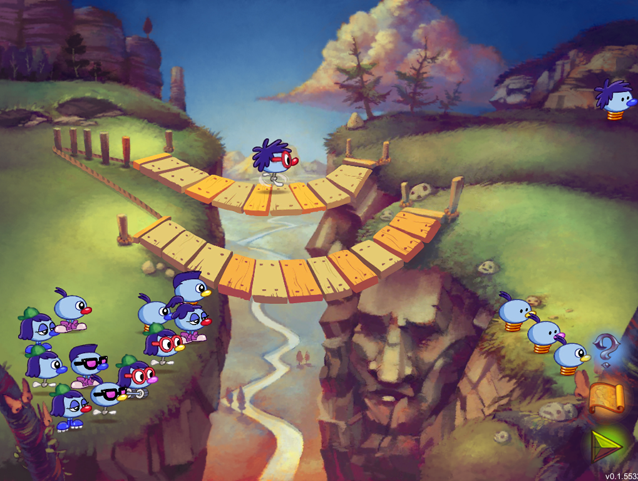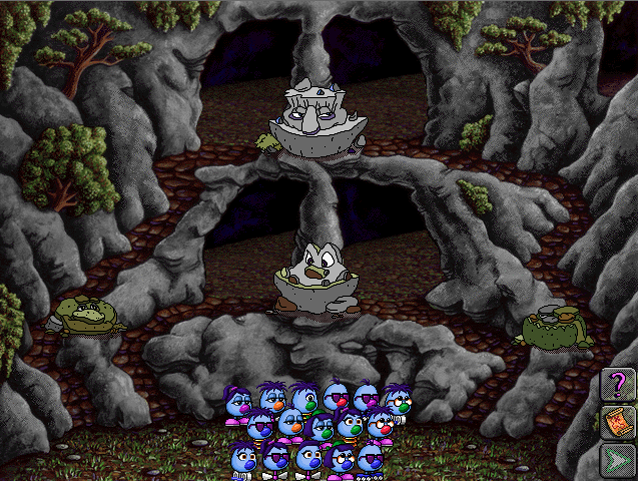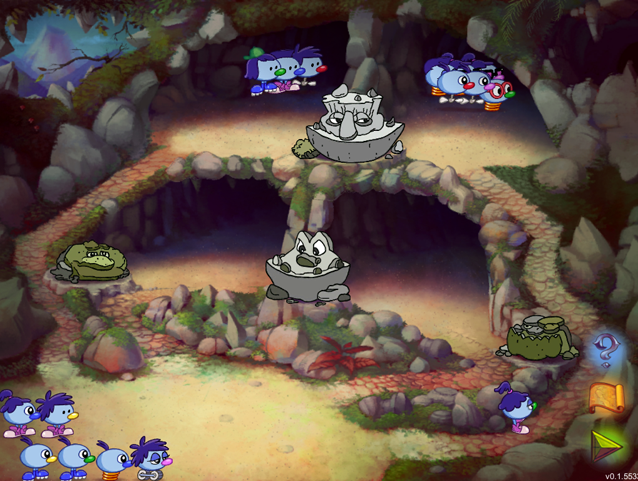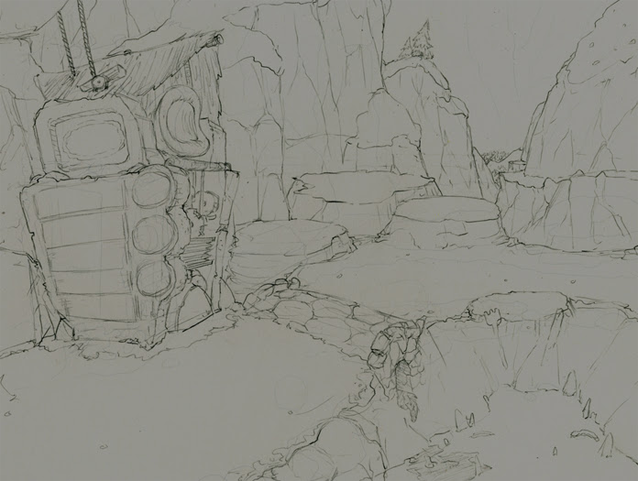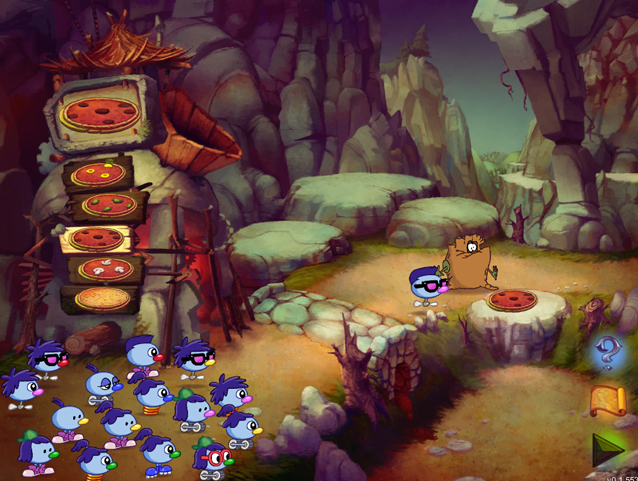From cycling in Brussels to kayaking in Maine, folks at FableVision have had quite a summer. Marking the end of the warm season in New England, we’ve decided to share some of our highlights from our summer vacations.
Taryn Johnson, Production Artist and Animator
“In May, I visited a friend who lives in Brussels! I also got the chance to explore Amsterdam, Bruges, and Paris. There were so many great moments that it's hard to pick one, but one of my favorites was riding a bicycle through the Belgian countryside and saying 'hello' to all the cows. There was also a nice moment reading in a magical bookstore in Paris with a little white cat sleeping next to me.”
Didi Hatcher, Lead Animator
“In May my husband Aaron and I took our daughter Katya to Bulgaria for the first time to meet that side of her family. We got four generations of women together for the first time. Having Mini Me roam around my childhood stomping grounds and play with my old toys was a weird but very cool experience.”
Sarah Ditkoff, Communications and Development Strategist
“My annual trip to Cape Cod was filled with lobster rolls, puppies, trips to light houses and windmills, and mini golf. It's a hard week to beat, I look forward to it every season. I also took a lot of trips to Wilson Farm, which is up by my parents' place, and took a calligraphy and watercolor class.”
Anny Din, Production Assistant
"This summer I decided to try something new. I modeled in a fashion show for a local Boston designer, Keisha Jean-Louis. The name of her clothing brand is QueensKnow. I really loved her philosophy and purpose for creating the brand which was created to empower and promote women of all different shapes and sizes to love themselves. I'm usually the one behind-the-scenes organizing events and projects so I figured I'd give it a shot to be on the opposite side of things as the talent. I'm so happy I chose to model in the show and it gave me a new confidence. You don't have to look like Cindy Crawford to be beautiful."
Karen Bresnahan, Executive Producer
“On my summer vacation, I went to Crested Butte to visit my daughter and granddaughters. Crested Butte is a small town located in the western part of Colorado, over 9,000 feet above the sea level of Boston, and surrounded by Rocky Mountains. We hiked, biked, went to outdoor concerts, walked around town, watched movies, and played games. It was non-stop fun for me.”
Michael Lin, QA/IT Specialist
“In my spare time, I perform as a Foley (live sound effects) artist with a local radio drama troupe. This summer, we put on our traditional mystery adaptations featuring famous literary detectives. Every show, I get to learn new tricks to bring to the Foley table, and this time I had the privilege of making the accompanying sound effects to a stabbing murder. I won't give away the secrets of how it was done, but I will say that many brave melons gave their lives to ensure we didn't have to stab any actors onstage.”
Andrea Calvin, Brand and Development Strategist
"My summer vacation travel happened a bit early this year. In May I visited my best friend in San Francisco. We explored all the literary hot spots and tourist traps. But the best discovery happened when we were searching for a restroom and cup of coffee. We stumbled onto the ILM campus and found the Yoda Statue."
Keith Zulawnik, Lead Artist
“This summer, my family rented a cabin right next to Portage Lake in Maine. We saw loons, bald eagles, and were on kayaks for the majority of the week. And, to make our summer complete, we took in a Red Sox game.”
































